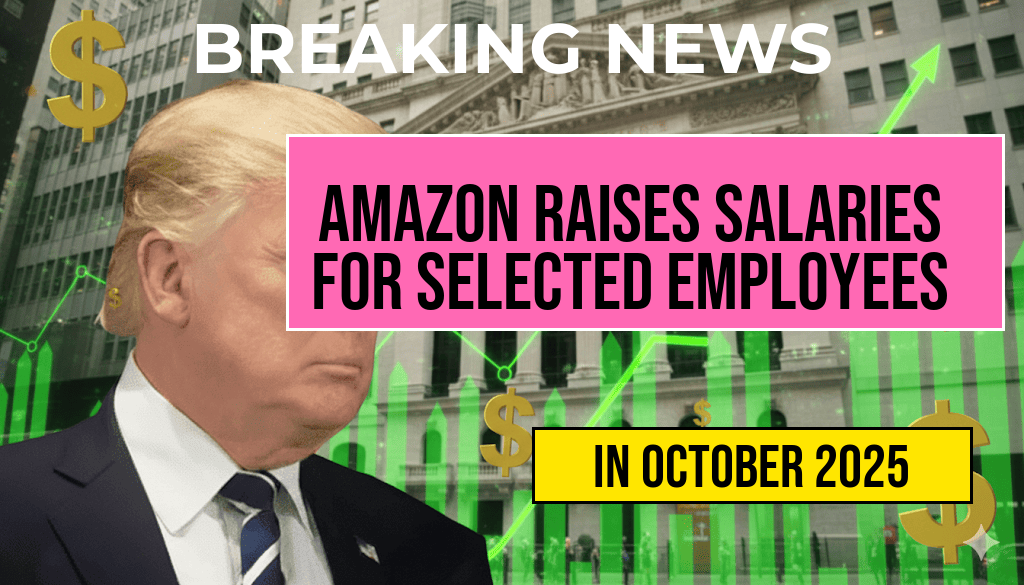As policymakers debate potential minimum wage increases, a proposed $1 raise per hour has sparked concern among small business owners about unintended consequences. While the move aims to boost worker earnings and reduce income inequality, critics warn that the additional labor costs could accelerate automation adoption, potentially leading to significant job cuts. Small businesses, which often operate with tight profit margins, may find it financially challenging to absorb the increased wages without turning to technology solutions that threaten employment stability. Experts emphasize that the impact could vary widely across industries and regions, with some sectors more vulnerable to automation-driven layoffs than others. This debate highlights the complex balance between improving worker wages and maintaining employment levels, especially for small enterprises vital to local economies.
The Economic Context of the Wage Increase
The push for a modest $1 increase in the minimum wage reflects broader efforts to address income disparity and improve living standards for low-wage workers. According to data from the Wikipedia entry on minimum wage, several states and cities have already implemented higher minimums, citing benefits such as reduced poverty and increased consumer spending. However, critics argue that these increases may impose additional costs on small businesses, which often lack the bargaining power of larger corporations.
Potential Automation Response from Small Businesses
Small business owners frequently operate under thin profit margins, making any increase in wages a significant financial strain. To mitigate rising labor costs, some are considering automation technologies such as self-service kiosks, robotic process automation, or even AI-driven customer service platforms. A recent survey by the Forbes Technology Council indicates that nearly 60% of small businesses are exploring automation solutions to offset wage hikes.
Employment Risks and Industry Variability
Industries Most at Risk
| Sector | Automation Likelihood | Key Concerns |
|---|---|---|
| Retail | High | Cashiering, inventory management, customer service |
| Food Service | High | Order taking, food preparation, delivery logistics |
| Personal Services | Moderate | Scheduling, customer management |
| Maintenance & Cleaning | Low to Moderate | Routine cleaning, scheduling |
Potential Job Displacements
Analysts warn that sectors heavily reliant on low-wage labor are most susceptible to automation-driven layoffs. For example, small retail outlets that employ cashiers may replace them with automated checkout systems, which can process transactions faster and reduce personnel needs. Similarly, restaurants might adopt robotic servers or automated ordering kiosks as labor costs increase. While these innovations can boost efficiency, they also pose significant risks to employment for low-skilled workers.
Balancing Wage Growth and Employment Stability
Policymakers face a delicate challenge: how to increase wages without stifling employment opportunities. Some suggest phased implementation of wage hikes combined with incentives for small businesses to adopt automation responsibly. Others advocate for targeted support programs, such as grants or tax credits, to offset training costs and slow automation’s pace. The goal is to strike a balance where workers receive fair pay, but businesses remain viable and employment levels are preserved.
Expert Opinions
- Dr. Laura Chen, an economist specializing in labor markets at the University of California, notes, “Automation is likely to accelerate as wages rise, but its impact will depend on how quickly small businesses can adapt and innovate. Support structures are crucial to prevent job losses.”
- John Ramirez, owner of a small retail chain in Texas, remarks, “We’re exploring automation options, but the cost is a concern. A modest wage increase might push us to consider layoffs if we can’t find a balance.”
- Anne Mitchell, policy analyst at the Economic Policy Institute, emphasizes, “Raising wages is vital, but it must be paired with policies that support workforce transition and technology integration to avoid disproportionate job displacement.”
Conclusion
The proposed $1 wage increase presents a complex scenario for small businesses, where the immediate benefit of higher earnings for workers must be weighed against the long-term risks of automation-driven layoffs. As industries evolve and technological solutions become more accessible, small enterprises will need strategic planning and policy support to navigate these changes. The outcome will largely depend on how effectively stakeholders collaborate to foster a sustainable environment where wage growth and employment stability coexist.
Frequently Asked Questions
Will a $1 wage increase lead to job cuts in small businesses?
While a $1 wage increase may seem small, it can significantly impact small businesses that operate with tight profit margins. Some employers might consider cost-cutting measures, including automation, to offset higher labor expenses, potentially leading to job reductions.
How does automation pose a risk to jobs with higher wages?
Automation can be a cost-effective alternative for small businesses facing increased labor costs. As wages rise, investment in automation technology may become more attractive, risking job displacement for workers performing routine tasks.
Are small businesses more vulnerable to automation due to wage increases?
Yes, small businesses often have limited resources to absorb wage hikes and may be more inclined to adopt automated solutions to remain competitive, which can increase their automation risks.
What strategies can small businesses adopt to manage the impact of wage increases?
Small businesses can consider training programs to improve worker productivity, explore cost efficiencies, or invest in technology that complements their workforce. However, careful planning is essential to balance wage policies and employment levels.
Does a small wage increase justify concerns about automation and job loss?
While a $1 wage increase alone may not directly cause widespread job losses, it can contribute to a broader economic pressure that encourages automation adoption. The overall impact depends on industry-specific factors and business strategies.





